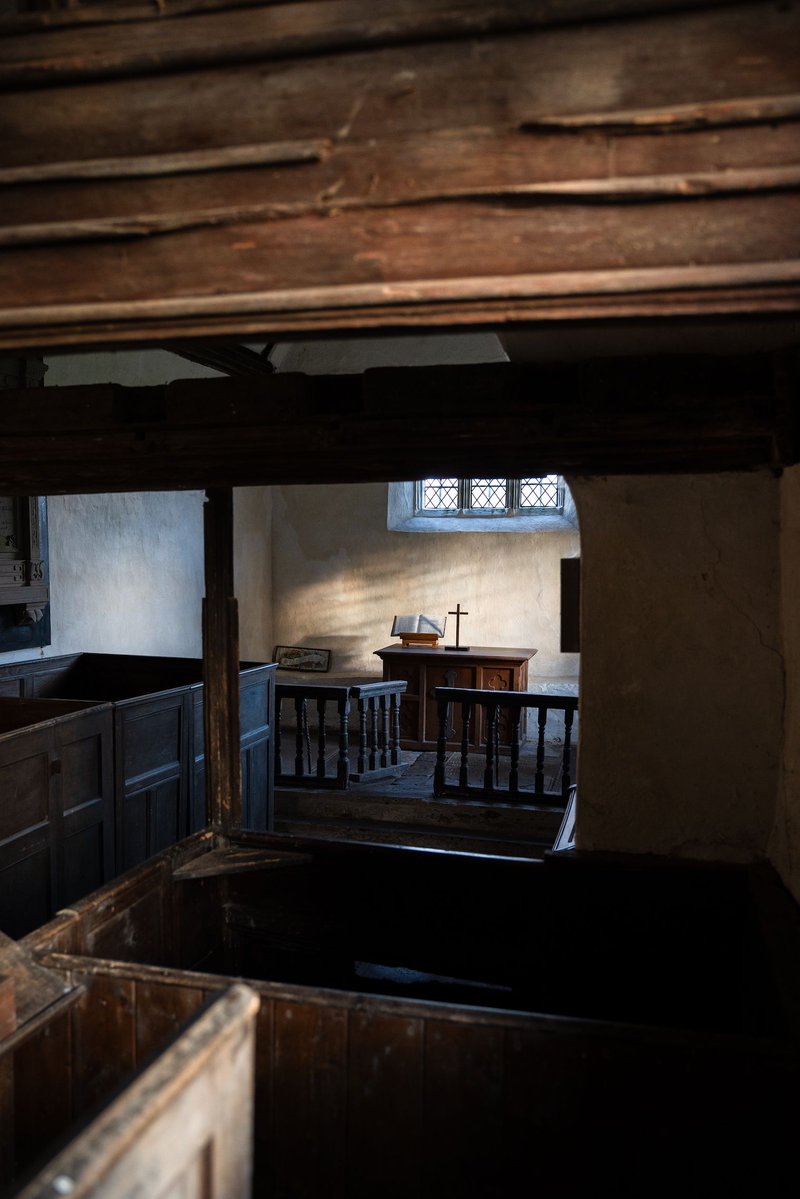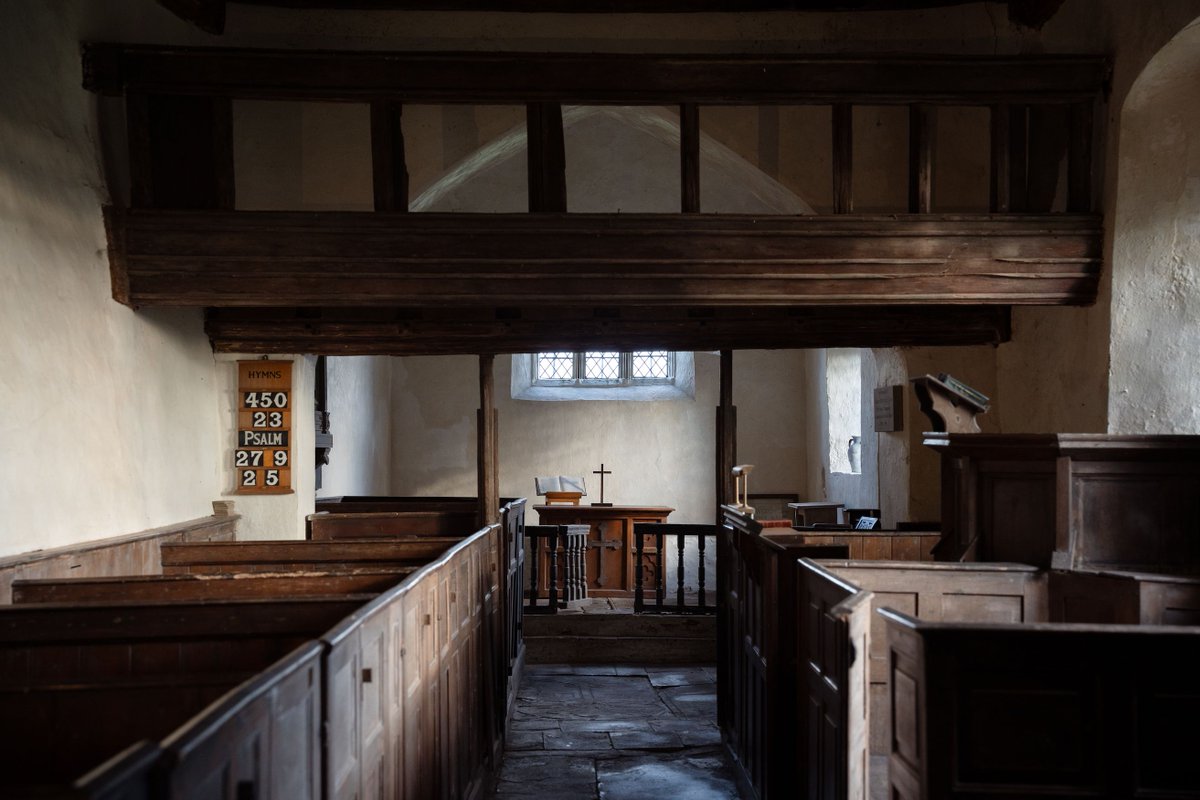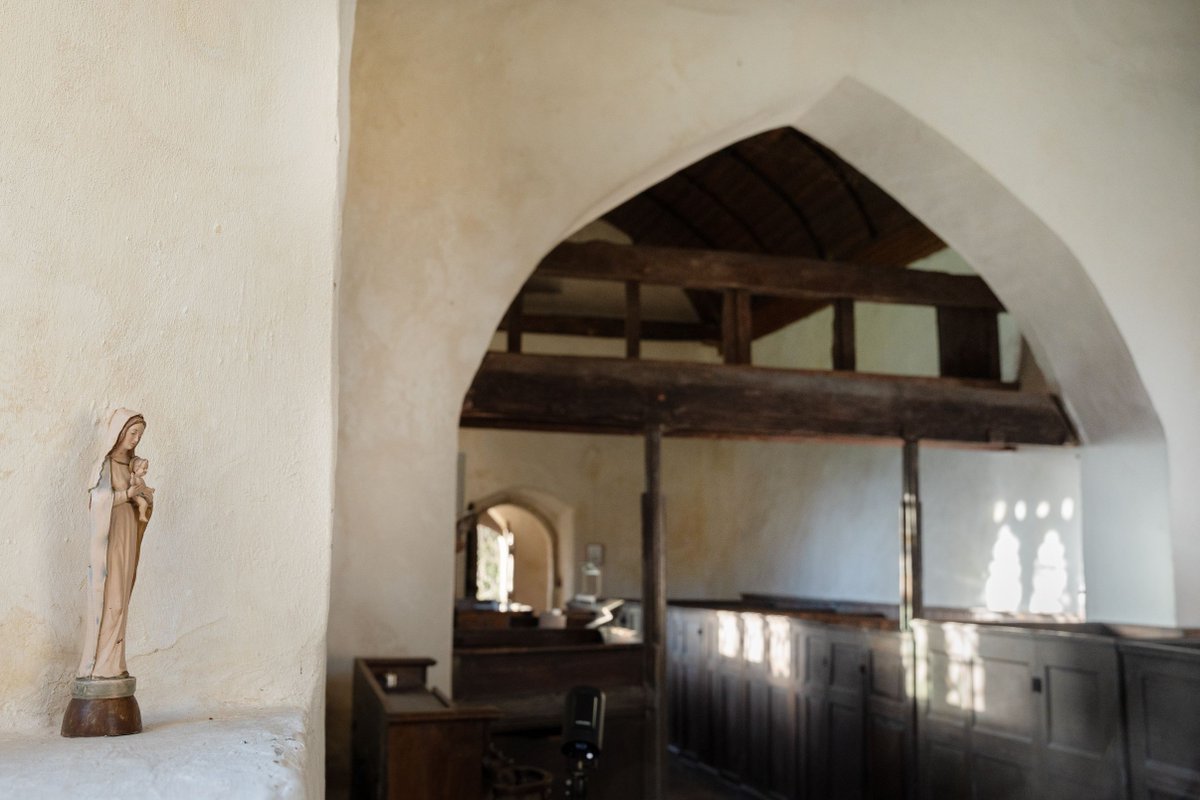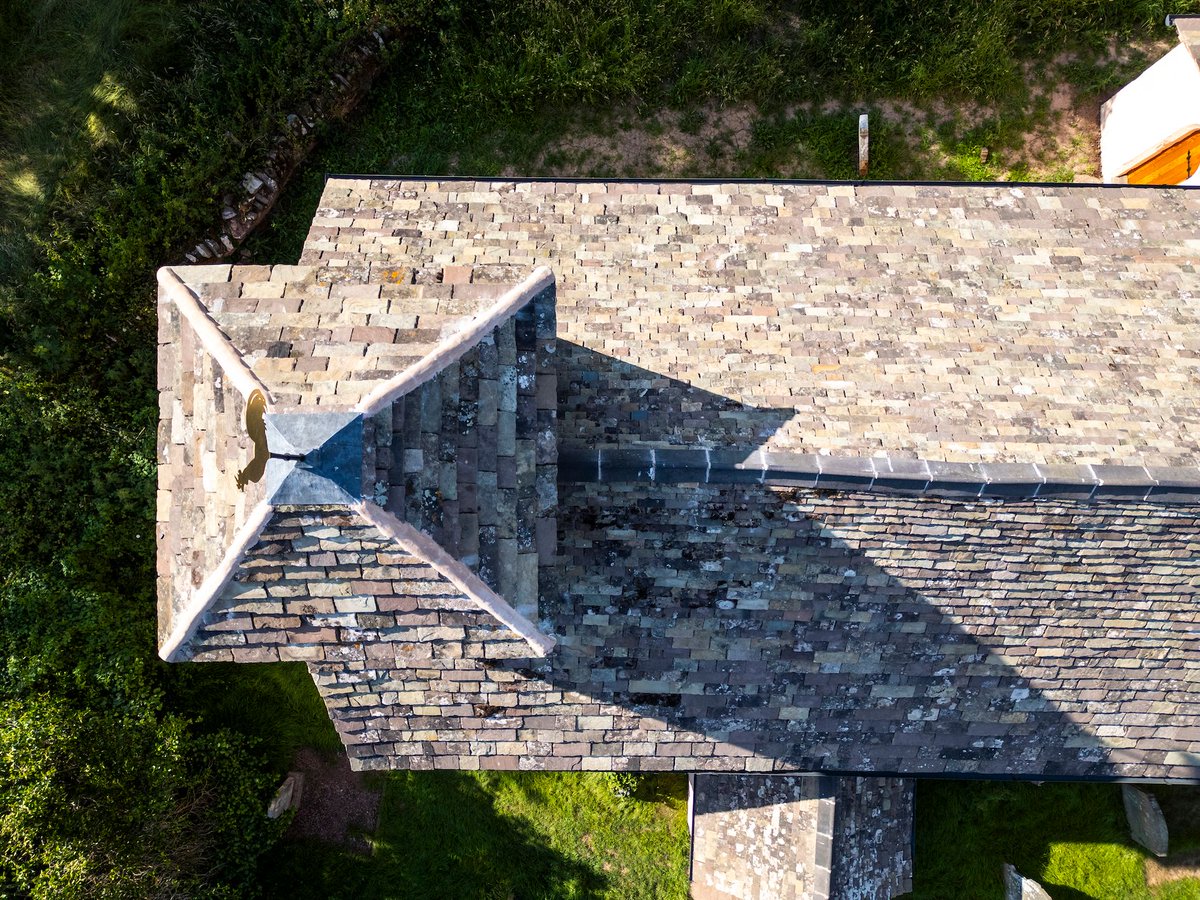Digging into records about St Helen's, Skeffling (the most recent church to come under our wing), we've discovered a connection to *Madame Sarah Grand* — a Victorian feminist author who was internationally famous (and scandalous!) in her day but has since been largely forgotten. 



Born Frances Bellenden Clarke, she married at 16 to a much older widower with children not much younger than herself. It was an unhappy marriage, and after leaving her husband, she devoted herself to writing, lecturing on women's issues and campaigning for votes for women.
Grand's novels centred on the 'New Woman', a name she coined for educated women who sought independence from oppressive marriages, and greater social freedoms. She promoted women's cycling, and argued for less restrictive, 'rational' clothing, such as split skirts. 

'The Heavenly Twins', published in 1893, was her first commercial success, selling 20,000 copies — surprising for a story that highlighted the double standards of sexual morality for men and women and the devastating effects of syphilis on families.
Mark Twain reviewed it and declared that “The grammar is often dreadful, but never mind that, it is a good strong book”.
Sarah's writing made her a heroine for many women but also ostracised her from a lot of the people in her social circle.
Sarah's writing made her a heroine for many women but also ostracised her from a lot of the people in her social circle.
Sarah Grand's family lived at the Manor of Rysome Garth, less than two miles from Skeffling, and her parents were buried at St Helen's. A speech she once gave on churches gives a clue to her feeling about the family's church … 

“If they had never been far away from home they could have no idea about the way the heart softened and expanded at the recollection of the little spot of earth which they had been taught from their earliest childhood to believe was holy ground.” 

However, by the end of the century, St Helen's was, as now, in need of restoration. The roof was replaced in 1901, but the south wall was still in a dangerous condition. 

So on 11 March 1902, Madame Grand, the 'popular authoress', gave a lecture in Hull to raise funds for Skeffling parish church, with the vicar in attendance.
(News cuttings from the British Newspaper Archive)
(News cuttings from the British Newspaper Archive)

Grand 'scattered pearls of wisdom freely' for a 'delightful, if fatiguing' (!) hour and a half, exploring the theme of memory: “things we are glad to remember, things we are afraid to remember, things we regret to remember and things we forget to remember”. 

Other wry observations included that “there are some people who manage to be kind in so disagreeable a way that it is quite an effort to be properly grateful to them”.
On age, she noted that young people are now marrying when “our grandfathers would have been putting on their grave clothes” and that “the way to keep young is to maintain one's interest in life”.
In 1920, Sarah Grand moved to Bath. The city's new mayor, elected in 1922, had no wife to perform the traditional duties of Lady 'Mayoress', and Grand was asked to take on the post as an independent woman — a role which she filled three times. 

Grand was so popular that she was encouraged to stand for Mayor herself, but declined. In WW2, Sarah Grand’s house in Bath was bombed and she moved to Wiltshire for safety, where she died in 1943 at the age of almost 89.
We hope you’ve enjoyed our thread about Madame Sarah Grand.
Like all of our churches, St Helen’s, Skeffling is rich with human experience, and we’ll be sharing more of its stories soon …
Like all of our churches, St Helen’s, Skeffling is rich with human experience, and we’ll be sharing more of its stories soon …

• • •
Missing some Tweet in this thread? You can try to
force a refresh






















